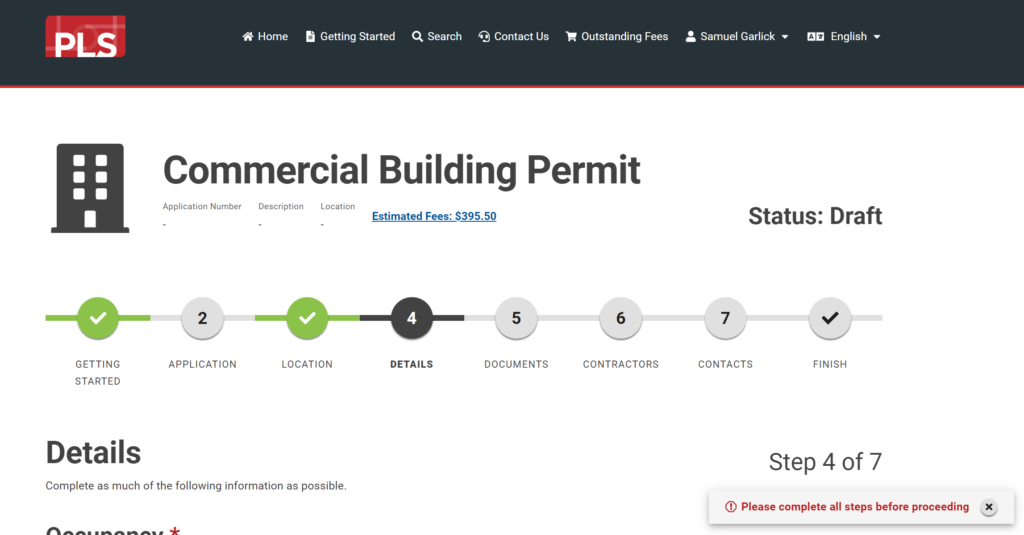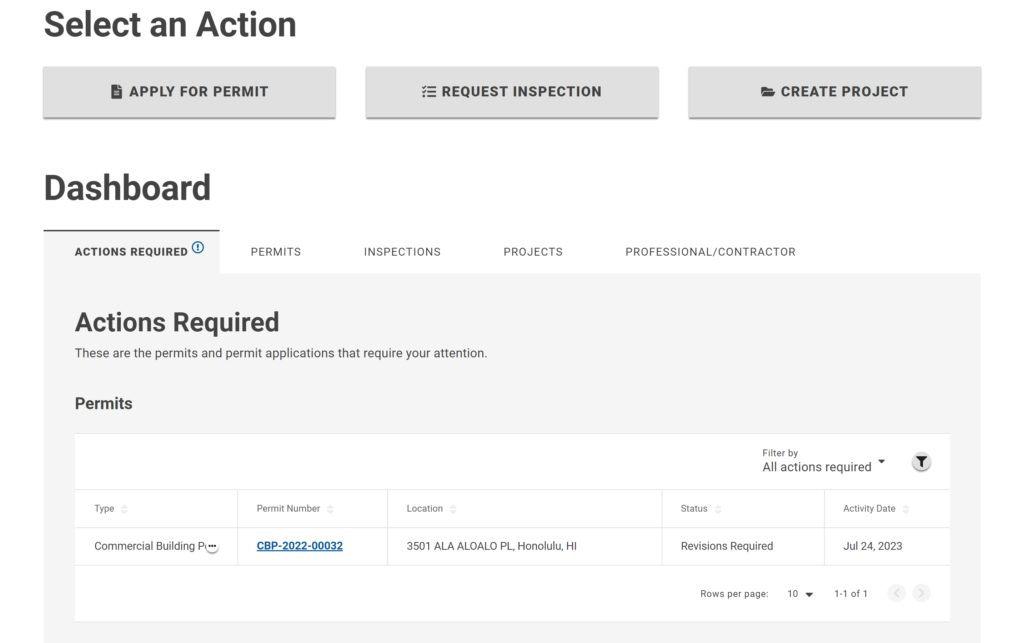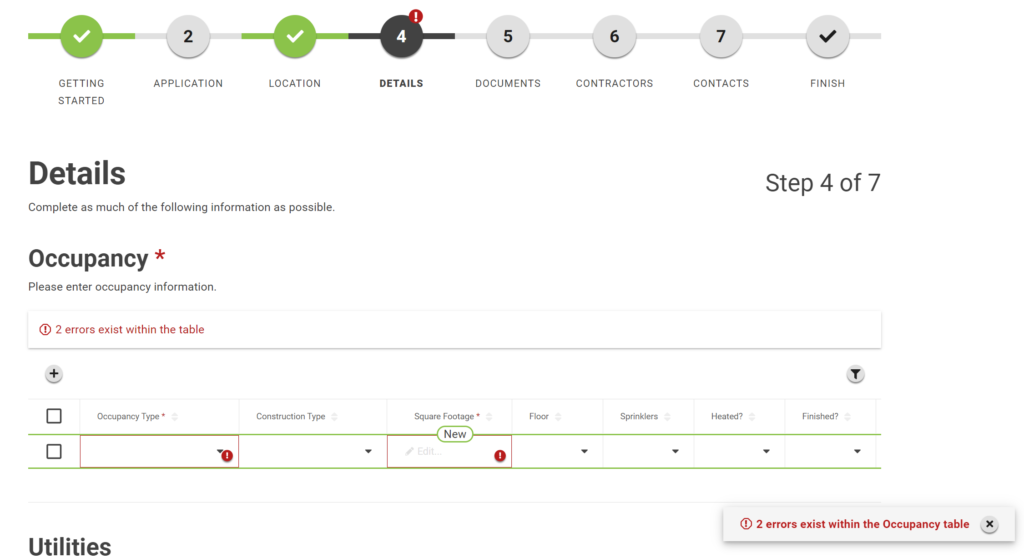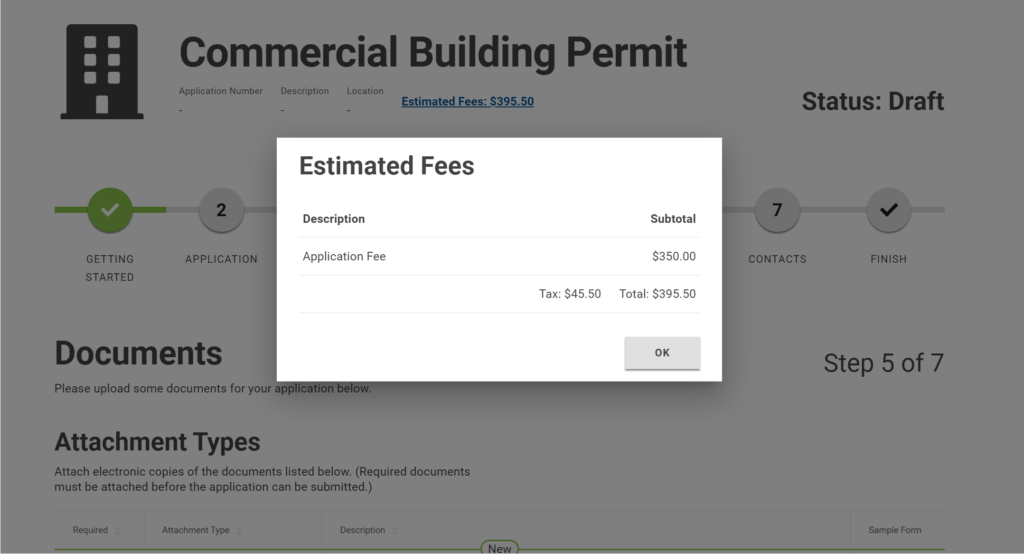In recent years, the term digital transformation has become a common phrase to describe the modernization mandate being pursued by government agencies across North America. Originally intended to be aspirational in nature, digital transformation as a descriptor has now grown to encompass seemingly everything from customer experience design to work-from-home initiatives. To move past the hype and salvage a term that’s clearly running the risk of becoming an abstract buzzword, it’s perhaps useful to define what digital transformation is at its core.
For today’s Community Development Agencies, the clearest expression of what digital transformation is, when the rubber hits the road, is information exchange. When both internal and external business processes are distilled down to their most basic inputs and outputs, ultimately what the agency is looking to achieve with a digital transformation initiative is more efficient information exchange, one that consistently achieves the following:
For those favoring even more specific language, form automation is the specific technology discipline that makes information exchange improvements achievable in today’s digital era.
By focusing specifically on form automation for permitting and planning needs, we can progress beyond the hype of digital transformation claims. Instead, we’ll focus on the real word examples that clearly demonstrate the organizational gains being made by leveraging current advances in form automation.

Modern form automation affords users the ability to work on multi-step processes in a convenient, non-liner fashion. In this example, the user is prompted to complete all of the steps pertinent to Step 4 (Details) to complete this specific step. However, the end user has skipped past Step 2 (Application) and can return to that section of the process as the information required becomes available to them. Of course, the final submission requires all steps completed in full.
Form automation encapsulates a set of software procedures facilitating the creation, submission, and administration of data generated through forms that is then aggregated into a centralized database. Compared to static forms, dynamic form automation facilitates the following:

A key feature of form automation is the ability of the system to filter and present only the most relevant information to the end user thereby reducing confusing navigation paths and potential information overload. Through effective information architecture and interface design, key action items are clearly flagged and corresponding notifications sent to ensure a winning customer experience that is simple, speedy and efficient.
Faster Form Completion
Form automation is a much faster and more intuitive process than both manual form processing and static online form submissions that are not guided by automation assistance. In addition to forms being simpler and faster to complete, such automation makes a 24/7 citizen service model readily achievable. For internal users, the robust data model facilitated by form automation makes it easier to search, locate, and distribute the acquired data.
Improved Data Accuracy
Workflow automation such as that afforded by our Powered by POSSE solutions elegantly dovetails data validation into the form automation process. With automation assistance, human error is greatly reduced and, in most cases, outright eliminated by nudging end users with timely hints, prompts, and pauses as necessary. By ensuring every data field is populated with the key information required to achieve optimal data quality upon final submission, all parties benefit with quicker application approvals and improved code compliance.
Increased Cost Savings
By re-orienting internal business processes and external business services around automation assisted workflows instead of paper or static digital processes, agencies can reallocate resources away from time-consuming and often redundant administrative tasks, instead focusing on more informed and collaborative planning and profit optimization objectives.
In addition to facilitating convenient 24/7 mobile-friendly access, modern planning and permitting systems like POSSE PLS incorporate the business rules logic specific to your jurisdiction’s building codes and regulatory requirements. As a result, automated forms leverage this compliance logic, guiding applicants to avoid inaccurate or incomplete submissions that would otherwise cause frustrating building delays. For internal staff and the business community alike, this reduces the time-consuming back and forth of emails and phones call that frequently plague outdated systems reliant on inefficient document exchange and review.
Greater Employee Satisfaction
Modern form automation bolsters the efforts of civic government to transition from inefficient static inputs to the modern self-service paradigm, thus facilitating improved collaboration delivering optimized service outcomes. Freed from the shackles of time-consuming bureaucracy, senior leaders have more time to focus their efforts on the planning, analysis, and strategizing crucial for driving economic development benefits from community development initiatives. Similarly, the availability of modern digital tools improves overall employee engagement while simultaneously addressing the growing recruitment focus on digital skills to attract younger talent to emerging civil service opportunities.
Demonstrable Customer Experience Gains
From a planning and permitting perspective, improving the overall customer experience boils down to a handful of key outputs.

Automated message prompts notify the form user when information is incomplete or inaccurate and followup action is required to complete a given task.
Looking beyond the benefits for the organization as a whole, modern form automation yields a number of specific benefits for today’s Community Development Agencies and Building Departments, including:
Leveraging the power of form automation, all stakeholders to the development process receive clear core requirements and next steps guidance to ensure plans and applications progress smoothly to approval with non-compliancy risks flagged in real-time for rapid response.

Permitting fees are dynamically calculated based on the form data submitted through each step, enabling end users to easily confirm fee changes in real-time as building requirements change. Of equal importance, fee amounts and schedules are easily updated on an ongoing basis specific to jurisdictional needs.
Hopefully this brief look at some form automation specifics helps to clarify what’s actually achievable beneath the more general umbrella of digital transformation. In fact, we’ve used the latter phrase ourselves and it’s incredibly helpful as an aspirational phrase that succinctly summarizes the movement to modernize government software systems for the digital era.
That said, succeeding with an innovation initiative starts with being able to clearly articulate an overall product vision along with the specific outputs that ensure your chosen solution is meeting or exceeding the entirety of your organizational requirements. With a mature COTS solution like POSSE PLS, crystalizing the product vision starts with your initial Discovery Demo where your key stakeholders can see firsthand the deep feature set and best practice workflows available off-the-shelf. Most importantly, by leveraging a configurable development platform that aligns business process logic with workflow and form automation, your agency has the essential tools needed to ensure your efforts at digital transformation are much more than just hype.
Modern planning and permitting systems like POSSE PLS deliver the key project outcomes required to empower your agency to achieve your innovation goals, utilizing a proven solution with a demonstrable record of implementation success and customer achievement.
Need more information?
Read:
Or contact us today to schedule your own personalized discovery demo.